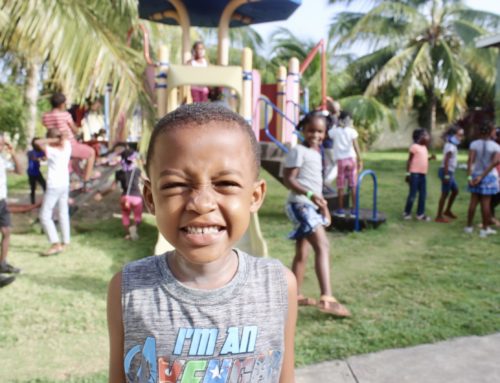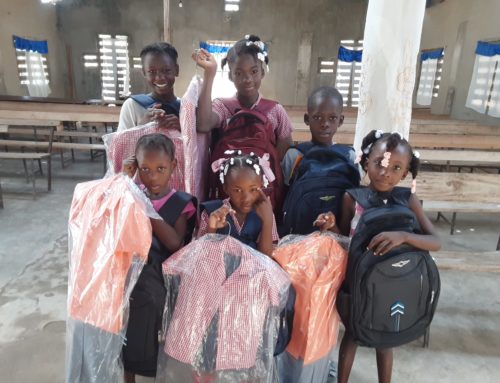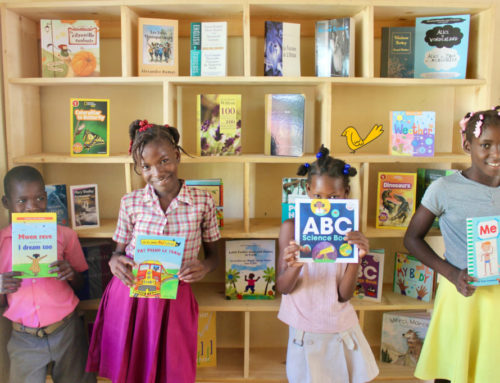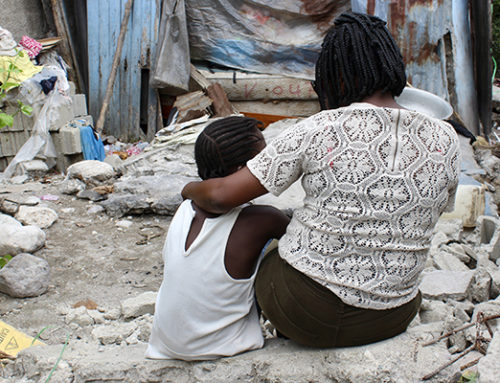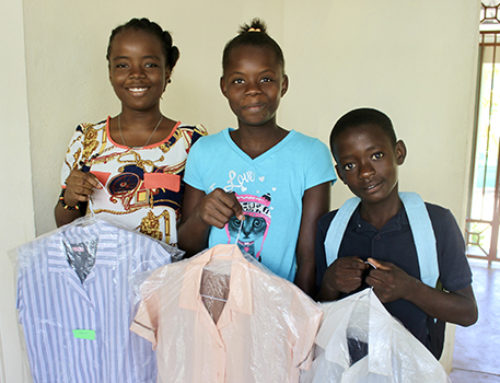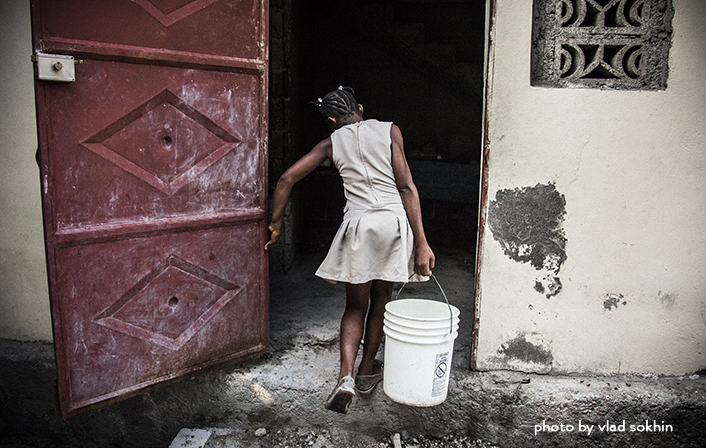
Read our whole series on the history of slavery here.
Sadly, even through the hard work of abolitionists the world over, the end of slavery didn’t come in the 19th century. Modern or contemporary slavery still exists across the globe, often in places you wouldn’t expect. Experts estimate that there are roughly 40.3 million enslaved people currently in bondage. Keep reading to learn more about contemporary slavery and what you can do to help men, women and children in need.
What Does Contemporary Slavery Look Like?
There are many forms of modern day slavery, all of which involve people being forced to work against their will. This can take the form of prostitution, physical bondage, forced labor, human trafficking, debt bondage or simply being born into slavery. Researchers estimate that worldwide these numbers breakdown to 25 million in forced labor, 15.4 million in forced marriages, 4.8 bin sexual exploitation and more than 10 million child slaves.
The most vulnerable among us are always the most likely to become enslaved. Women and children are often forced into slavery against their will because they have no other options or resources with which to fight back. Other times, migrants and refugees are sold into slavery when seeking asylum, as is currently the case with thousands of Rohingya Muslims currently working in the Thai fishing industry.
Countries with the Highest Concentration
Research from the Global Slavery Index shows that North Korea, Uzbekistan, Cambodia, India, and Qatar have the highest percentage of slavery among their population. In North Korea roughly 4.37% of the population is enslaved, most of these by the North Korean government who force them into slavery, even selling them to work abroad in Russia, China and even the United States. In India, modern day slavery often involves debt bondage, where individuals are forced into to slavery to pay off debt, either their own or from previous generations.
How You Can Help End Slavery in Your Community
One way you can help stop contemporary slavery is by knowing and understanding the signs. For example, if a person cannot leave their job, reports low wages, isn’t properly cared for or never speaks for themselves, they may be victims of slavery. For children, look for a lack of access to education, poor nutrition, shabby clothing, and lack of playtime. If you notice children’s beds or clothing in factories or businesses where they don’t belong, this is an indicator of child slavery. If you recognize any of these signs, call the National Human Trafficking Hotline at 1-888-373-7888 to report it.
Join Us to Help Children in Haiti
In the nearby island of Haiti, many children are caught in a system of slavery known as restavek. Haiti is one of the poorest countries on the planet, and many Haitian families are unable to care for their children. In these situations, they are left with no option but to send their children to live with wealthier families to survive, where they become slaves in the family tasked with their care. These children spend their formative years working long hours with little food, playtime, or attention from the adults around them.
Restavek Freedom is one of the top charities working to end child slavery in Haiti. Through child advocacy, education, and intervention our teams are giving Haitian children the chance to learn, play and thrive. You can partner with us through child sponsorship, creative fundraising and more. Click here to to help us end slavery in our lifetime.




